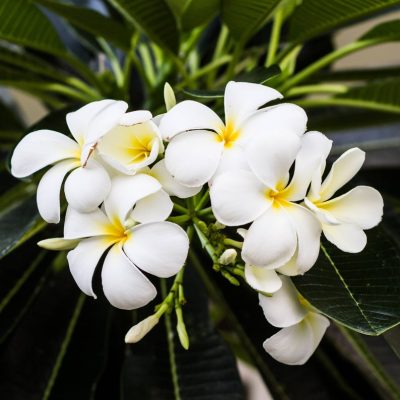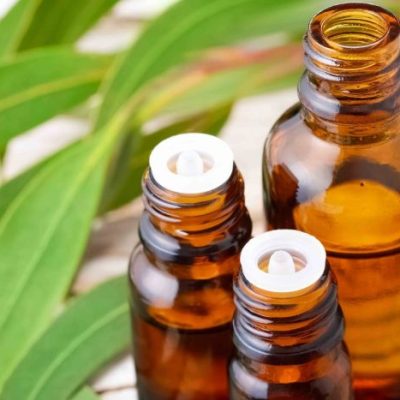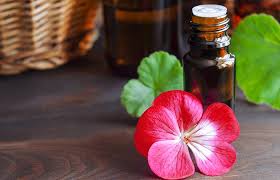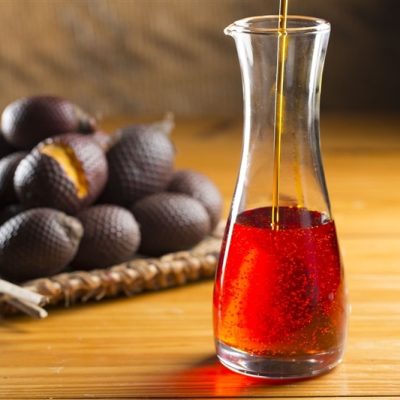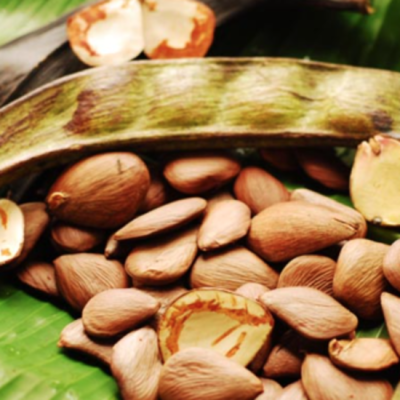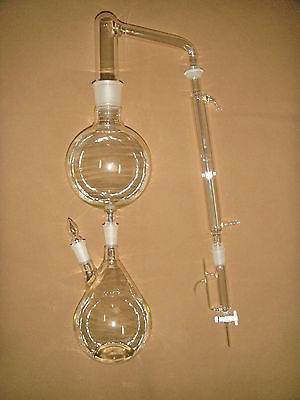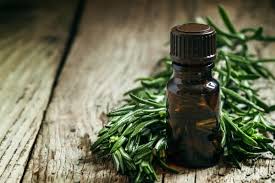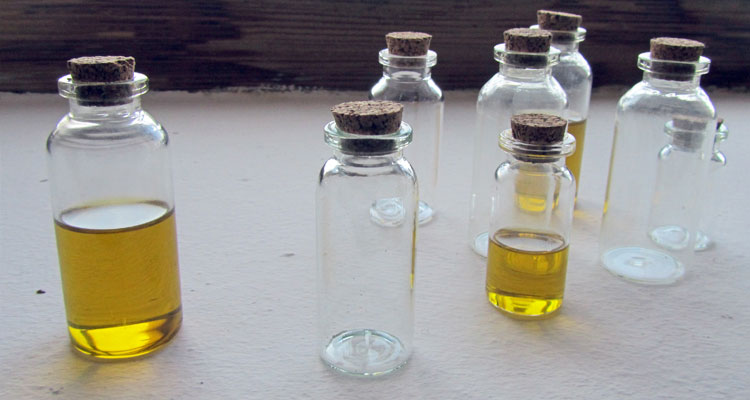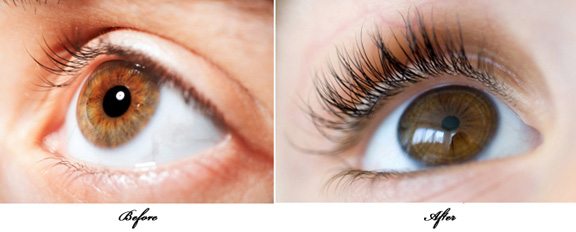Neem Oil Emulsifier
Have you ever been to India? If you have, you’ve probably seen tons of acres of evergreen trees while going through the Indian subcontinent. These trees are called neem trees. Or according to their latin name, Azadirachta indica. They may look like any other forest tree you might have seen, but to the people of India and recently the whole world, they’re invaluable. The fruits and seeds of Azadirachta indica are pressed and undergo several processes to give the end product, neem oil. This oil is one of the most important products used commercially in organic farming, medicines and much more.
Originally, neem oil was used as a natural pesticide. Remember the old saying, “don’t let the bed bugs bite”? Well some studies were carried out on the effect of neem oil in fighting bed bugs. The Environmental Protection Agency has reported that neem oil is actually a very effective treatment for bed bugs when combined with certain agents. It’s safe for domestic and commercial use. It not only affects the adult bed bugs, it effectively controls the nymphs and eggs as well. In fact, the Environmental Protection Agency even issued registrations for two products containing neem oil. One of them was a 5.5 percent concentration and the other was 22 percent concentration. It just goes to show how safe neem oil is. Even by using four times the initial concentration, it was still safe to use.
The main ingredient in neem oil is Azadirachtin. You can tell this chemical substance got it’s name from the neem tree’s Latin nomenclature. Why is it so important? Because it’s responsible for making neem oil an extremely effective insecticide. It’s actually responsible for about 90 percent of neem oil’s insecticidal power. Remember, neem oil’s used in farming, right? Well, farmers spray neem oil onto any plants they want to protect from insects or pests. It not only protects plants, but humans as well. By repelling sand flies and mosquitoes, it helps control the spreading of certain diseases such as malaria.
A study was reported in the Journal of the American Mosquito Control Association where a group of volunteers applied a mixture of neem and coconut oil to exposed areas of their body. For 12 hours they were completely resistant to all anopheline species. They had complete protection. From repelling mosquitoes, to treating lice and scabies, neem oil has proven its effectiveness over over and again.
Neem oil covers a wide range of pests including insects, mites, nematodes, snails and fungi. And the best part? These pests don’t develop resistance against it, which is a problem farmers often face with synthetic insecticides. Neem oil is even added to some dog shampoos to get rid of tickets and fleas. Dogs lick themselves all day, right? See how safe it is even for dogs? Not convinced? Farmers even feed it to cattle as a supplement to kill parasites. You can even add it to stored grains and beans to keep insects and pests out. Its safety profile is quite amazing.
So how does neem oil, or more specifically Azadirachtin, do it? For starters, it repels insects. But that’s not all. It also inhibits their larval development, growth, fertility, mating and egg laying and even deters feeding. They can’t get near, they can’t reproduce, they can’t develop. Basically, insects don’t stand a chance. Azadirachtin also has antifungal activity. When it gets sprayed on a plant, it forms an insulating coat that prevents fungal spores from germinating.
Let’s say you’re not a farmer. You don’t have any insect or pest problems. What good is neem oil to you? Plenty. It does wonders for your skin. It helps with dehydration and dryness, clears away scars and wrinkles and even improves acne and eczema. How can an insecticide work so well for your skin? Let’s find out.
According to the Department of Biochemistry and Biotechnology at KNUST (Kwame Nkrumah University of Science and Technology), the main components of neem oil are : essential fatty acids, triglycerides, vitamin E and calcium. Not a lot, right? But very effective. They components allow neem oil to hydrate the skin at the cellular level, essentially getting rid of the dry, chapped appearance.
The essential fatty acids in neem oil are oleic acid, linoleic acid, palmitic acid and stearic acid. There’s a reason they’re called “essential”. There are generally two types of fatty acids. Essential and non-essential. Non-essential fatty acids are usually used as a source of fuel and our body can usually make them on its own. Essential fatty acids, on the other hand have to be taken externally. Our bodies can’t manufacture them. So we have to eat foods that contains essential fatty acids or apply them topically to be absorbed into our body.
So what do these fatty acids do for your skin? For starters, they have wound healing properties. This helps your skin patch itself up quicker and more effectively when it’s cut or suffers any injury. And since we brought up cuts and injuries, let’s talk a bit more about them. Sometimes your body can’t heal them. Or takes too long. To be exact, more than three to four weeks. What happens then? You get a scar. What that scar is, is simply your body’s attempt at stacking up collagen to heal the injury. This over-accumulated collagen gives the appearance of a scar that makes you feel self-conscious. That’s where the essential fatty acids come in. They help regulate and maintain proper collagen levels in your skin. Too much collagen, they get rid of it. Too little, they promote its synthesis.
So too much collagen looks like a scar, but what does too little collagen look like? Stretch marks and aged skin. Your collagen is your skin’s support protein. It gives it its firmness and suppleness. Without it, your skin starts to wrinkle and look like an old man’s. But collagen isn’t the only protein that does that. The elastin in your skin is also responsible for its elasticity and flexibility. Close your eyes and imagine you pinched a 90 year old’s skin. How fast do you see the skin snapping back to normal? Quite slowly, right? That’s because the older you get, the more the elastin in your skin gets broken down. That’s why it’s important to have these essential fatty acids that preserve the elastin and keep your skin smooth, firm and much younger.
The vitamin E in neem oil is also just as important. It has anti-inflammatory properties. This reduces the irritation, redness or itchiness that are often associated with scars or acne. Besides fighting inflammation, vitamin E is known to be a strong antioxidant. Why does your skin need antioxidants? Being exposed to UV light on a daily basis, your skin starts to create free radicals. These free radicals are unstable atoms that cause oxidative stress and damage your skin cells. They start attacking your skin’s collagen strands and other cells in your skin layers. You probably guessed it. When the collagen gets destroyed, you start looking and feeling older. What antioxidants do is neutralize these unstable radicals and reduce the oxidative stress. Once these antioxidants are absorbed, they rejuvenate your skin cells and restore elasticity.
Neem oil comes in various colors; golden yellow, yellowish brown, reddish brown, dark brown, greenish brown or bright red. Its odor is quite strong, often reminding people of peanuts and garlic. It even tastes bitter. But all of this doesn’t matter. The main disadvantage of neem oil is its hydrophobic nature. It simply can’t be mixed with water alone. Think of it this way. When you try washing grease off your hands, does it go away? Or do you have to use soap or some kind of detergent to clean it? The reason the grease won’t wash away is because it doesn’t mix with water. It prefers to stick your hand. In the same sense, if you were to add water to neem oil and mix them, they’d simply form two separate layers, the lighter of the two on top of the heavier. So what’s the solution? You can’t avoid mixing them because it’s essential to its application. That why you need a neem oil emulsifier.
An emulsifier, also called a surfactant, is simply a substance that mixes a hydrophilic compound, like water, with a hydrophobic compound, like neem oil. It basically acts like a bridge. It stands right at the interface between the the neem oil layer and the water layer and starts pulling them together into one layer. You might not even realize it but you use emulsifiers everyday. Soap, detergent, shampoo, hair conditioner, toothpaste and even shaving cream. You find it in practically any compound that makes a foamy reaction with water, giving suds and bubbles. While some people use any type of liquid soap to emulsify their neem oil, this is only safe in theory. It’s always better to use an emulsifier that’s made especially for neem oil. They tend to have a much higher safety profile especially if you’re using the neem oil on your skin. They also have a much smaller chance of your neem oil emulsion separating back to two layer. After all, that’s the last thing you want.
